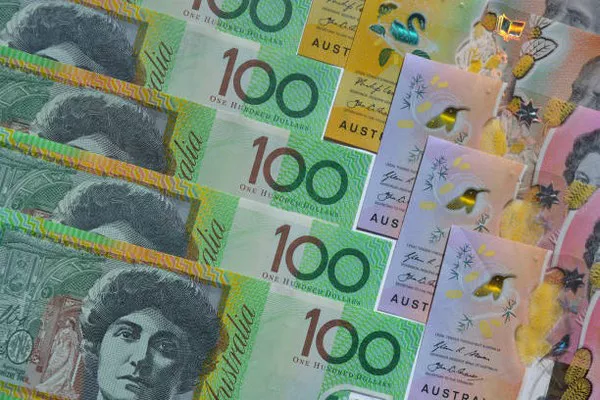The Australian Dollar (AUD) managed to pare losses on Friday following indications of potential de-escalation in geopolitical tensions. An Iranian official’s statement suggesting no immediate plans for retaliation against Israeli airstrikes helped ease concerns, leading to a modest rebound in the AUD/USD pair. However, riskier assets remained under pressure amidst heightened risk aversion across financial markets, exacerbated by reports of Israeli missiles striking a site in Iran, as confirmed by ABC News.
The AUD faced headwinds alongside a decline in the ASX 200 Index, nearing its two-month low of 7,489. Weak cues from Wall Street overnight contributed to this trend. Additionally, Australia’s 10-year government bond yield dipped below 4.3%, retracting from over four-month highs, as investors braced for a dovish outlook from the Reserve Bank of Australia (RBA) regarding monetary policy.
Conversely, the US Dollar Index (DXY), which measures the US Dollar (USD) against six major currencies, advanced amidst growing concerns over the potential escalation of the Israel-Gaza conflict in the Middle East. This heightened geopolitical uncertainty attracted investors to safe-haven assets. Furthermore, hawkish remarks from Federal Reserve (Fed) officials on Thursday spurred a surge in US Treasury yields and the US Dollar, exerting downward pressure on the AUD/USD pair.
Market participants are poised to closely monitor upcoming speeches from Federal Reserve officials for further insights into the economic outlook. Atlanta Fed President Raphael Bostic is scheduled to engage in a moderated discussion regarding the US economic outlook at the University of Miami, Florida. Additionally, Chicago Fed President Austan Goolsbee is expected to participate in a moderated Q&A session at the Association for Business Journalists 2024 SABEW Annual Conference in Chicago.


